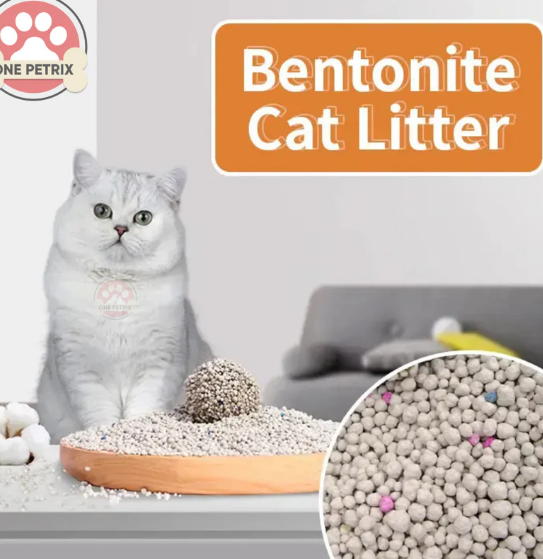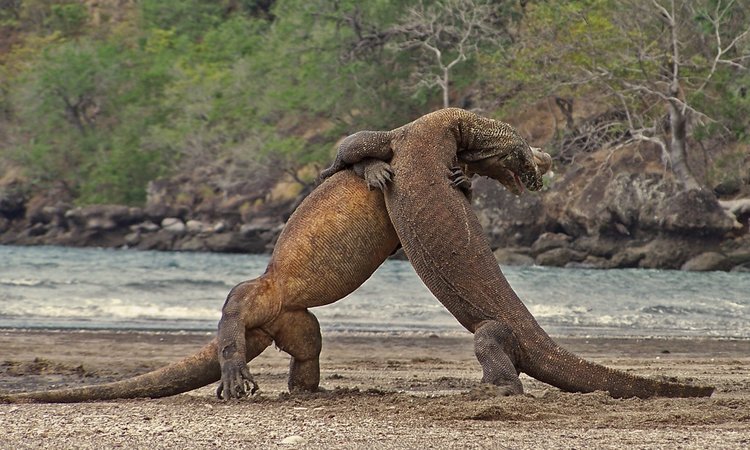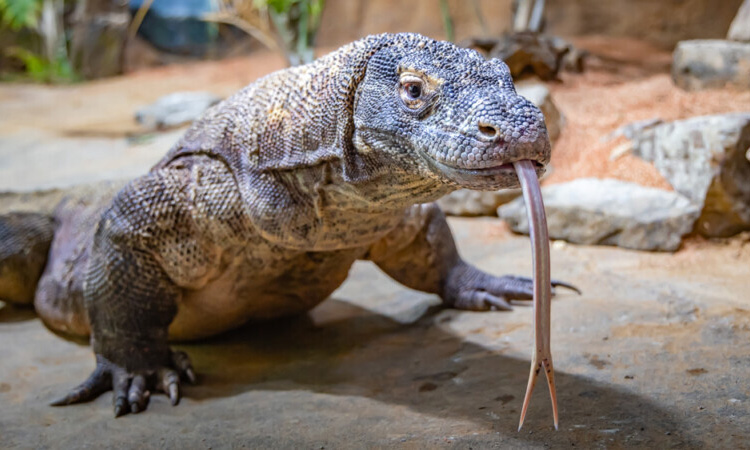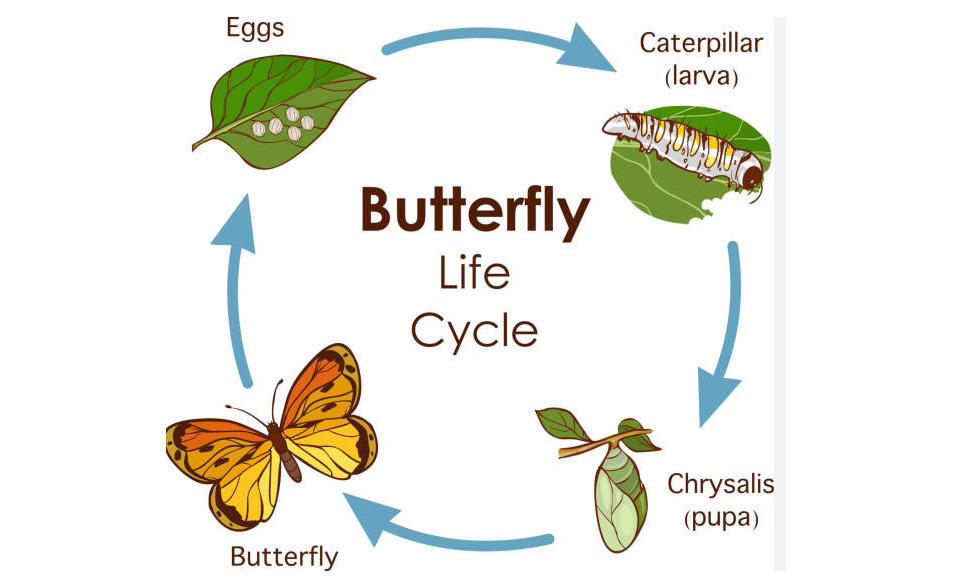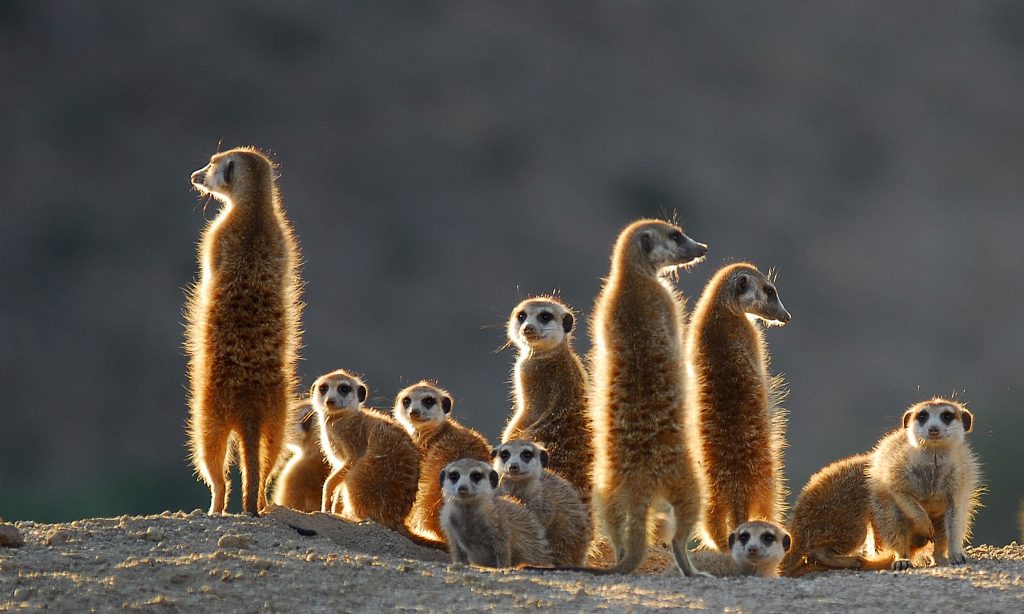Cat Sand: Everything You Need to Know
Cats are beloved companions, and keeping them happy and healthy is a priority for many pet owners. One essential aspect of cat care is choosing the right litter or cat sand. Understanding the different types of cat sand available can make a significant difference in your cat’s comfort, health, and your home environment.
Types of Cat Sand
When it comes to cat sand, there are several types to choose from, each with its unique properties. Clumping clay litter, often made from sodium bentonite, is one of the most popular choices. It forms solid clumps when wet, making it easy to scoop and clean. Alternatively, there are non-clumping sands made from clay that absorb moisture but don’t clump, requiring more frequent changes. Other options include biodegradable litters made from corn, wheat, or recycled newspaper, which are more eco-friendly and can be composted after use. Each type has its pros and cons, so it’s essential to consider your cat’s preferences and your lifestyle when making a selection.
Choosing the Right Cat Sand for Your Feline Friend
Not all cats have the same tastes when it comes to litter. Some may prefer softer textures, while others may gravitate towards more granular types. To determine what your cat enjoys, consider starting with a small sample of a few different types of cat sand. Monitor how they react—do they dig enthusiastically, or do they seem hesitant? It’s also crucial to think about any allergies or sensitivities your cat might have. If your cat has experienced respiratory issues, you may want to choose a low-dust option to minimize irritation. Ultimately, matching the litter texture and material to your cat’s unique needs can encourage them to use the litter box consistently.
The Environmental Impact of Cat Sand
When selecting cat sand, it’s worth considering the environmental impact. Traditional clay litters are often made from strip-mined materials, which can contribute to ecological disruption. In contrast, biodegradable options created from natural sources, like corn or wheat, are not only sustainable but can also reduce landfill waste. As more pet owners seek greener choices, products like recycled paper litter or organic formulas are gaining popularity. Not only do these options provide a responsible choice for your kitty, but they also contribute positively to our planet’s health.
Conclusion
Choosing the right cat sand is essential for your feline’s happiness and wellbeing, as well as the environment. By exploring the various types available and considering your cat’s individual preferences and sensitivities, you can create a comfortable and inviting space for your pet. Whether you opt for traditional clay, biodegradable, or eco-friendly options, the right choice can enhance both your cat’s life and your home. Happy litter box hunting!
